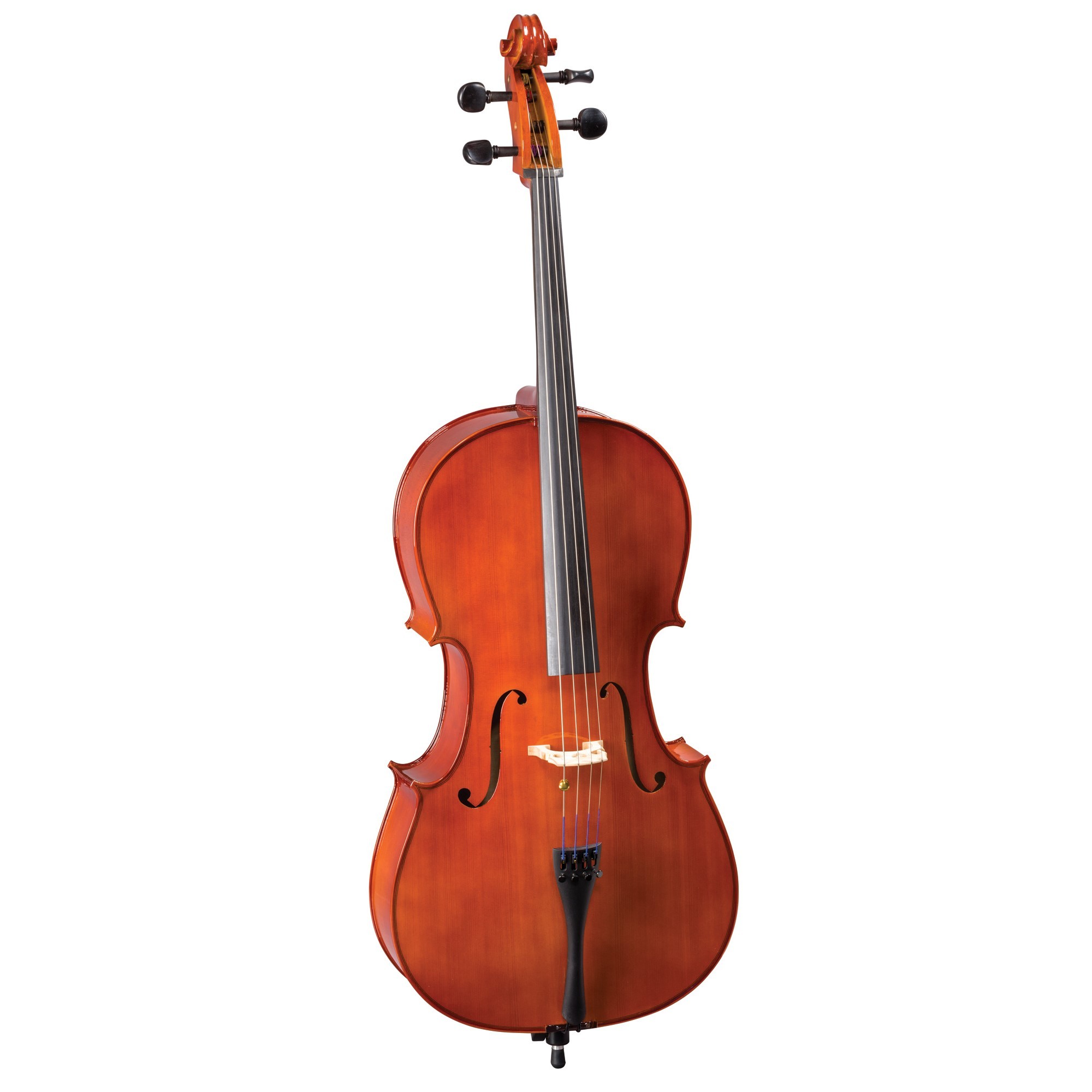Cello Rental Online

Cello Rentals
- 25% discount on 10 month prepayment plan
- Professionally set up in the USA.
- Teacher approved. Fingerboard pre-taped upon request
- Our cello rental fee includes insurance and maintenance.
- No unexpected hidden costs such as processing fee($20 +), insurance, maintenance or damage waiver.
- 25% discount on 10 Month Pre-payment
- Cello rental comes with Cello, Bag, Cleaning Cloth, Rosin, Bow and Name Tag.
- We serve Centreville, Fairfax, Bristow, Chantilly, Sterling, Manassas, Haymarket, Clifton, Vienna, Gainesville, Oakton, and South Riding.
About Cello – Wikipedia.org
The cello (/ˈtʃɛloʊ/ CHEL-oh), or violoncello (/ˌvaɪələnˈtʃɛloʊ/ VY-ə-lən-CHEL-oh, Italian pronunciation: [vjolonˈtʃɛllo]),[1] is a bowed (sometimes plucked and occasionally hit) string instrument of the violin family. Its four strings are usually tuned in perfect fifths: from low to high, C2, G2, D3 and A3. The viola‘s four strings are each an octave higher. Music for the cello is generally written in the bass clef, with tenor clef, and treble clef used for higher-range passages.
Played by a cellist or violoncellist, it enjoys a large solo repertoire with and without accompaniment, as well as numerous concerti. As a solo instrument, the cello uses its whole range, from bass to soprano, and in chamber music such as string quartets and the orchestra‘s string section, it often plays the bass part, where it may be reinforced an octave lower by the double basses. Figured bass music of the Baroque era typically assumes a cello, viola da gamba or bassoon as part of the basso continuo group alongside chordal instruments such as organ, harpsichord, lute, or theorbo. Cellos are found in many other ensembles, from modern Chinese orchestras to cello rock bands.
Etymology
The name cello is derived from the ending of the Italian violoncello,[2] which means “little violone“. Violone (“big viola”) was a large-sized member of viol (viola da gamba) family or the violin (viola da braccio) family. The term “violone” today usually refers to the lowest-pitched instrument of the viols, a family of stringed instruments that went out of fashion around the end of the 17th century in most countries except England and, especially, France, where they survived another half-century before the louder violin family came into greater favour in that country as well.
In modern symphony orchestras, it is the second largest stringed instrument (the double bass is the largest). Thus, the name “violoncello” contained both the augmentative “-one” (“big”) and the diminutive “-cello” (“little”). By the turn of the 20th century, it had become common to shorten the name to ‘cello, with the apostrophe indicating the missing stem.[3] It is now customary to use “cello” without apostrophe as the full designation.[3] Viol is derived from the root viola, which was derived from Medieval Latin vitula, meaning stringed instrument.
Tuning



Cellos are tuned in fifths, starting with C2 (two octaves below middle C), followed by G2, D3, and then A3. It is tuned in the exact same intervals and strings as the viola, but an octave lower. Similar to the double bass, the cello has an endpin that rests on the floor to support the instrument’s weight. The cello is most closely associated with European classical music. The instrument is a part of the standard orchestra, as part of the string section, and is the bass voice of the string quartet (although many composers give it a melodic role as well), as well as being part of many other chamber groups.
Works
Among the most well-known Baroque works for the cello are Johann Sebastian Bach‘s six unaccompanied Suites. Other significant works include Sonatas and Concertos by Antonio Vivaldi, and solo sonatas by Francesco Geminiani and Giovanni Bononcini. Domenico Gabrielli was one of the first composers to treat the cello as a solo instrument.
As a basso continuo instrument the cello may have been used in works by Francesca Caccini (1587–1641), Barbara Strozzi (1619–1677) with pieces such as Il primo libro di madrigali, per 2–5 voci e basso continuo, op. 1 and Elisabeth Jacquet de La Guerre (1665–1729) who wrote six sonatas for violin and basso continuo. The earliest known manual for learning the cello,[citation needed] Francesco Supriani‘s Principij da imparare a suonare il violoncello e con 12 Toccate a solo (before 1753),[4] dates from this era. As the title of the work suggests, it contains 12 toccatas for solo cello, which along with Johann Sebastian Bach’s Cello Suites, are some of the first works of that type.





